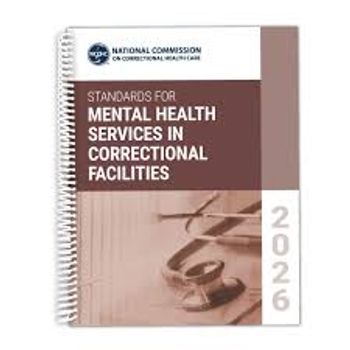
Models for Self-Harm and Suicide Risk, Review With Investigator Seena Fazel, MD
Seena Fazel, MD, reviews the growth and challenges of suicide risk-prediction models, emphasizing the need for rigorous validation and clinical integration.
Seena Fazel, MD, Professor of Forensic Psychiatry at the University of Oxford, discussed his recent work on a systematic review of prognostic risk-prediction models for self-harm and suicide.1 Fazel noted that the field has seen rapid growth in published prediction models on this topic, yet prior reviews have lacked comprehensive quality assessment. Fazel’s study identified 196 models, most of which were development-only models, with relatively few externally validated models, despite external validation being the methodological gold standard.
Outcomes evaluated across studies included self-harm, suicide mortality, and composite outcomes. Discriminative performance was generally strong; among externally validated models, the median C-index was 0.81, consistent with well-performing models in other areas of medicine, Fazel noted.1 However, calibration was infrequently reported, limiting interpretability for clinical settings. Risk of bias was high in most studies due to inadequate sample sizes, poor handling of missing data, and insufficient methods to prevent overfitting. Only 2 model families (OxMIS and several Columbia-developed models for post-discharge psychiatric populations) showed both adequate performance and acceptable methodological rigor.
Fazel emphasized that these models are intended to augment—not replace—clinical judgment by providing structured, transparent, and empirically anchored risk information. They may enhance consistency, support teaching, and facilitate collaborative risk management and safety planning. He highlighted research waste from continual development of new models without external validation and called for prioritizing methodological rigor, model updating, implementation research, and exploration of clinician experiences.2 Emerging research needs include high-risk diagnostic groups beyond self-harm cohorts and more agnostic, vignette-based qualitative studies, Fazel said.
Dr Fazel is a professor of forensic psychiatry at the University of Oxford.
References
1. Seyedsalehi A, Bailey J, Ogonah MGT, et al. Prediction models for self-harm and suicide: a systematic review and critical appraisal. BMC Med. 2025;23(1):549.
2. Belsher BE, Smolenski DJ, Pruitt LD, et al. Prediction models for suicide attempts and deaths: a systematic review and simulation. JAMA Psychiatry. 2019;76(6):642–651.
Newsletter
Receive trusted psychiatric news, expert analysis, and clinical insights — subscribe today to support your practice and your patients.











